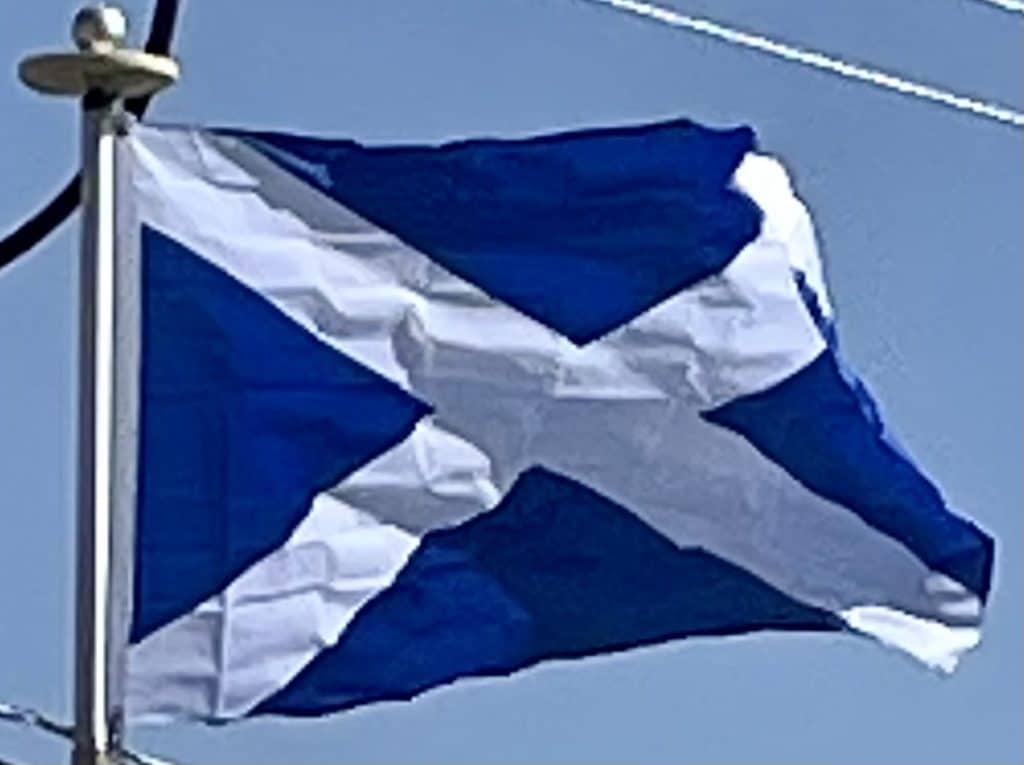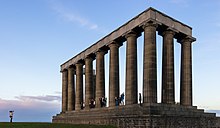In common with countries such as France, Norway, Sweden and Finland, Scotland experienced famines during the 1690s. Mortality, reduced childbirths and increased emigration reduced the population of parts of the country about 10–15%. In 1698, the Company of Scotland attempted a project to secure a trading colony on the Isthmus of Panama. Almost every Scottish landowner who had money to spare is said to have invested in the Darien scheme.
After another proposal from the English House of Lords was rejected in 1695, and a further Lords motion was voted down in the House of Commons in 1700, the Parliament of Scotland again rejected union in 1702. The failure of the Darien Scheme bankrupted the landowners who had invested, though not the burghs. Nevertheless, the nobles’ bankruptcy, along with the threat of an English invasion, played a leading role in convincing the Scots elite to back a union with England. On 22 July 1706, the Treaty of Union was agreed between representatives of the Scots Parliament and the Parliament of England. The following year, twin Acts of Union were passed by both parliaments to create the united Kingdom of Great Britain with effect from 1 May 1707 with popular opposition and anti-union riots in Edinburgh, Glasgow, and elsewhere. The newly formed Parliament of Great Britain rejected proposals from the Parliament of Ireland that the third kingdom be incorporated in the union.
18th Century:
With trade tariffs with England abolished, trade blossomed, especially with Colonial America. The clippers belonging to the Glasgow Tobacco Lords were the fastest ships on the route to Virginia. Until the American War of Independence in 1776, Glasgow was the world’s premier tobacco port, dominating world trade. The disparity between the wealth of the merchant classes of the Scottish Lowlands and the ancient clans of the Scottish Highlands grew, amplifying centuries of division.
The deposed Jacobite Stuart claimants had remained popular in the Highlands and north-east, particularly amongst non-Presbyterians, including Roman Catholics and Episcopalian Protestants. However, two major Jacobite risings launched in 1715 and 1745 failed to remove the House of Hanover from the British throne. The threat of the Jacobite movement to the United Kingdom and its monarchs effectively ended at the Battle of Culloden, Great Britain’s last pitched battle.
The Scottish Enlightenment and the Industrial Revolution turned Scotland into an intellectual, commercial and industrial powerhouse – so much so Voltaire said “We look to Scotland for all our ideas of civilisation.” With the demise of Jacobitism and the advent of the Union, thousands of Scots, mainly Lowlanders, took up numerous positions of power in politics, civil service, the army and navy, trade, economics, colonial enterprises and other areas across the nascent British Empire. Historian Neil Davidson notes “after 1746 there was an entirely new level of participation by Scots in political life, particularly outside Scotland.” Davidson also states “far from being ‘peripheral’ to the British economy, Scotland – or more precisely, the Lowlands – lay at its core.”
In the Highlands, clan chiefs gradually started to think of themselves more as commercial landlords than leaders of their people. These social and economic changes included the first phase of the Highland Clearances and, ultimately, the demise of clanship.


